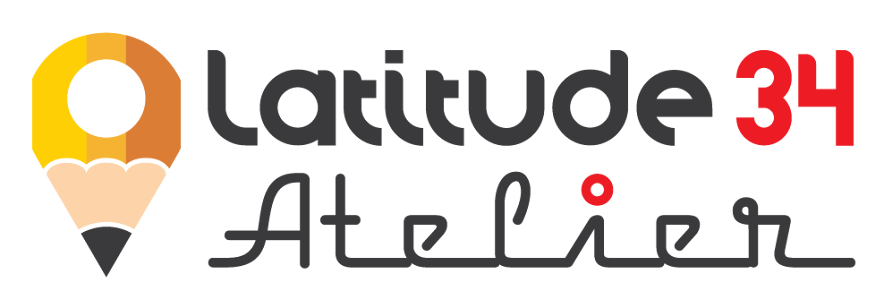The Road to Success: Becoming a Print Media Specialist in Graphic Design
Essential Skills
A successful print media specialist must have a unique blend of technical, artistic, and interpersonal skills. Some of the most important skills include:
a. Design Fundamentals: A strong foundation in design principles, such as typography, color theory, composition, and layout, is essential for creating visually appealing and effective print materials.
b. Software Proficiency: Mastery of industry-standard design software, such as Adobe Creative Suite (InDesign, Illustrator, and Photoshop), is critical for creating high-quality print designs.
c. Attention to Detail: Print media specialists must be meticulous in their work, ensuring that designs are free from errors and print-ready.
d. Creativity: The ability to think outside the box and generate innovative ideas is key for creating unique and eye-catching designs.
e. Time Management: Meeting tight deadlines and juggling multiple projects requires excellent time management and organizational skills.
f. Communication: Strong verbal and written communication skills are essential for collaborating with clients, colleagues, and printers.
Education and Training
While a formal education is not always required to become a print media specialist, obtaining a degree in graphic design, visual communication, or a related field can provide a solid foundation and a competitive edge in the job market. Degree programs typically cover design fundamentals, software training, and various aspects of print production. Additionally, many programs offer internships or work-study opportunities that provide valuable hands-on experience.
For those who prefer a more flexible learning path, there are numerous online courses, workshops, and tutorials available to learn graphic design skills and software at one's own pace.
Building a Strong Portfolio
A well-crafted portfolio is crucial for showcasing your skills and expertise to potential employers or clients. As a print media specialist, your portfolio should include a variety of print materials, such as brochures, posters, business cards, and packaging designs. Be sure to provide context for each project, including the objectives, target audience, and any constraints you faced. This will help demonstrate your ability to problem-solve and adapt to different project requirements.
Networking and Industry Experience
Networking is an essential component of building a successful career in graphic design. Joining local design groups, attending industry events, and participating in online forums can help you establish connections with fellow designers and potential clients. These relationships can lead to freelance opportunities, job openings, or valuable recommendations.
Gaining industry experience is also crucial for developing your skills and understanding the print production process. Internships, freelance work, and entry-level positions in design studios or print shops can provide valuable insights into client management, production timelines, and print-specific considerations, such as paper selection and finishing techniques.
Staying Current and Adapting to Change
The graphic design field is continually evolving, and print media specialists must stay up-to-date with the latest trends, technologies, and software. Regularly attending workshops, conferences, and webinars can help you stay informed and maintain a competitive edge in the industry. Additionally, embracing new design tools and technologies can open up new creative possibilities and expand your skill set.
Wrapping-up
Entering the graphic design field as a print media specialist requires a combination of technical and artistic skills, formal education or self-directed learning, hands-on experience, networking, and adaptability, as well as a dedication to staying current in the industry. By cultivating these attributes and continually refining your craft, you can build a rewarding and successful career in the world of print media design.
As a print media specialist, your creative vision and expertise will have a direct impact on how your clients' messages are conveyed to their target audiences. By consistently producing high-quality, visually appealing, and functional designs, you can establish yourself as a trusted and sought-after professional in the graphic design field. In turn, this will lead to exciting opportunities for growth and development, both personally and professionally.
In summary, the path to becoming a successful print media specialist in graphic design involves a combination of skill development, education, experience, networking, and staying current with industry trends. By committing to this journey and persisting through challenges and setbacks, you can ultimately achieve your goal of becoming a highly skilled and in-demand print media specialist, making your mark in the world of graphic design.







Comments
Post a Comment